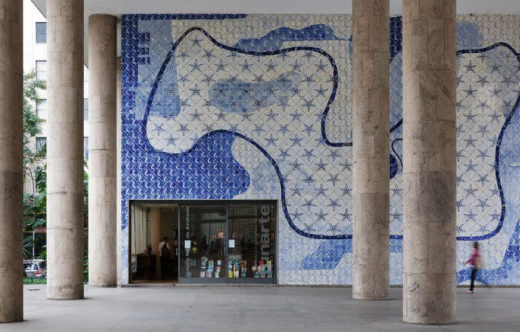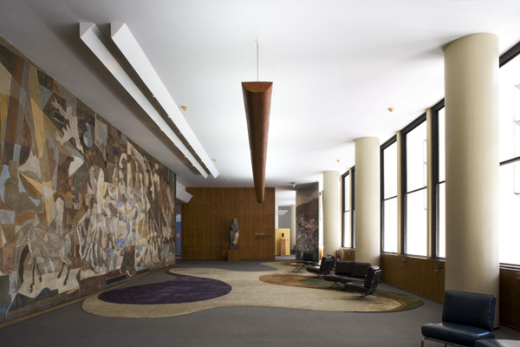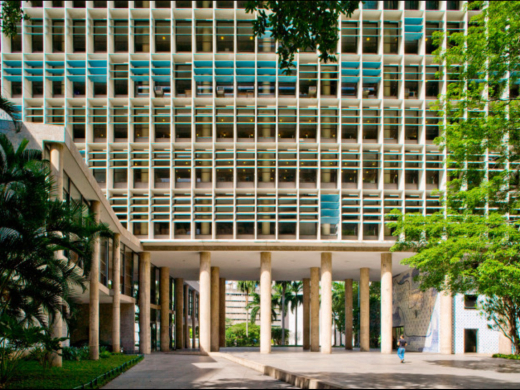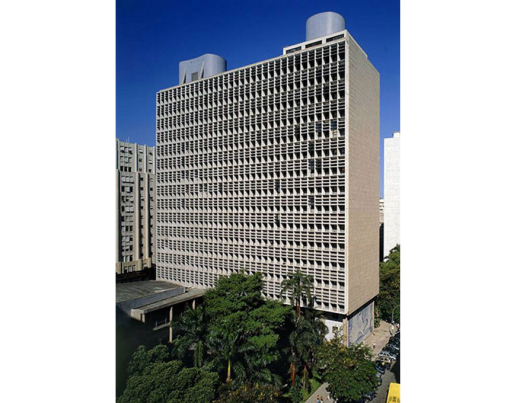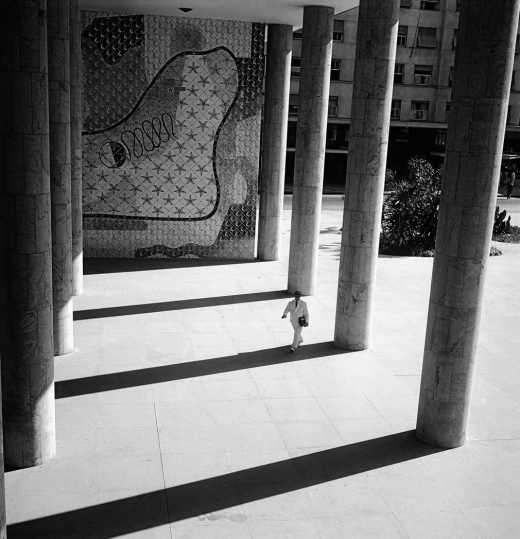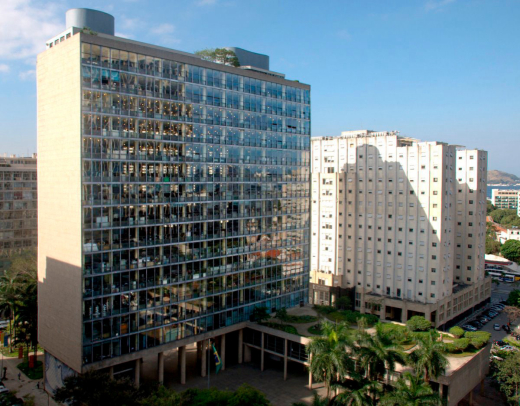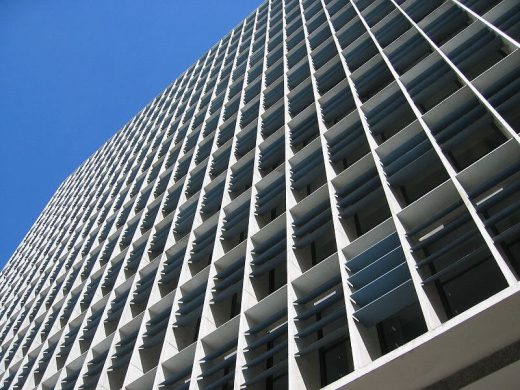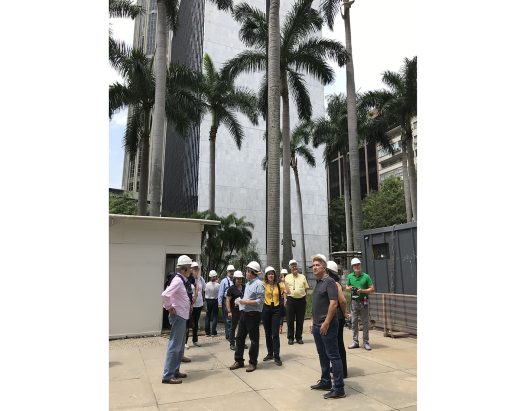Background
The former Ministry of Education and Health Building in Rio de Janeiro, also known as Gustavo Capanema Palace, is one of the earliest modern public buildings in Brazil and in all of the Americas, and is highly significant in the global history of Modern architecture. It was designed in 1935-36 by an exceptional team composed of Lucio Costa (future designer of the master plan of Brasília), Affonso Eduardo Reidy, Ernani Vasconcellos, Carlos Leão, Jorge Machado Moreira, landscape designer Roberto Burle Marx, and Oscar Niemeyer, a trainee in Costa's studio at the time. Additional contributions include interior panels by Portinari, carpets by Niemeyer, sculptures by Bruno Giorgi, Adriana Janacópulos, Lipchitz and Celso Antônio. The structural engineer was Emilio Baumgart. Le Corbusier was brought in to consult in the early planning phases. Notable features include the free plan ground floor, brise soleil, landscaped roof, and pilotis. The site also incorporates local materials and techniques such as azulejos, blue and white glazed tiles linked to the Portuguese colonial tradition, in wall murals. Completed in 1943, the building signalled a turning point in the architectural history of Brazil which had ripple effects throughout the rest of the world. It has been placed on UNESCO's tentative list of World Heritage Sites.

